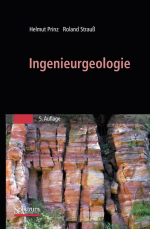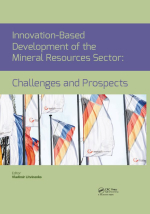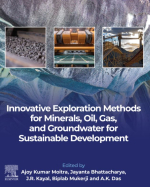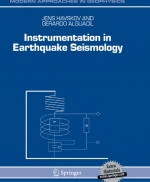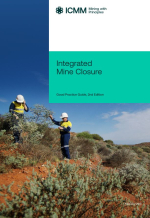Добрый день, Коллеги. Важное сообщение, просьба принять участие. Музей Ферсмана ищет помощь для реставрационных работ в помещении. Подробности по ссылке
- « первая
- ‹ предыдущая
- …
- 170
- 171
- 172
- 173
- 174
- 175
- 176
- 177
- 178
- …
- следующая ›
- последняя »
- « первая
- ‹ предыдущая
- …
- 170
- 171
- 172
- 173
- 174
- 175
- 176
- 177
- 178
- …
- следующая ›
- последняя »




